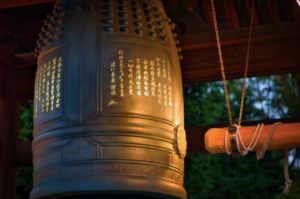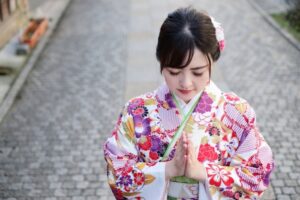The country with the longest life expectancy is Japan.
- Average life expectancy in Japan is 84.3 years (82 years for men and 88 years for women).
This data is from the 2022 edition of the World Health Statistics published by the World Health Organization (WHO).
However, a closer look within Japan reveals regional disparities in life expectancy.
Life Expectancy by Region in Japan
Areas in Japan where people can live longer (longer life expectancy)
Male
Best place, Shiga 82.73 years old
2nd, Nagano 82.68 years old
3rd, Nara 82.40 years old
Female
Best place, Okayama 88.29 years old
2nd, Shiga 88.26 years old
3rd, Kyoto 88.25 years old
The worst, by the way, is…
Areas in Japan where people do not live long (short life expectancy)
Male
Worst place, Aomori 79.27 years old
Worst 2nd, Akita 80.48 years old
Worst 3rd, Fukushima 80.60 years old
Female
Worst place, Aomori 86.33 years old
Worst 2nd, Fukushima 86.81 years old
Worst 3rd, Tochigi 86.89 years old
Even those areas in Japan that are considered the worst (shortest) in terms of life expectancy are above the world standard, so there is no doubt that Japan is, in general, a country of longevity.
Average Life Expectancy in the World
By way of comparison, the average life expectancy for the world as a whole is 73.3 years.
The country with the shortest life expectancy is Lesotho (Southern Africa) at 50.7 years.
*Source: Statistics from UNFPA World Population White Paper 2022
Factors of Japan’s longevity

In modern Japan, medical care has evolved and the insurance system is well established. Cities are clean and food is healthy, so people live longer.
However, the reason for the difference between regions in the same Japan is the difference in lifestyle.
In Shiga, where both men and women live longer, the percentage of men who “do not smoke” is the highest in Japan, the amount of alcohol consumed is low, and the number of people who play sports on a daily basis.
In other words, many Shiga residents have healthy lifestyles.
On the other hand, Aomori has the shortest life expectancy, with a high percentage of smokers and drinkers, hight salt intake, and a low average adult walking. Aomori is also known for its high suicide rate.
Thus, it is clear that lifestyle and living environment have a great deal to do with life expectancy.
In the past, Nagano used to have a very high mortality rate from cerebrovascular diseases and a short life expectancy (it was difficult to live a long life), but as a result of the “prefectural low-sodium campaign” started by a local doctor and the efforts of the entire prefecture to improve dietary habits, the area has become one of the longest-lived areas in Japan.

Nagano’s success story is known as the “Nagano Model,” and is attracting a great deal of attention from the perspective of preventive medicine.
Average life expectancy by era in old Japan

Today, Japan is a country of longevity, but it used to be different.
- Jomon Period(BC14000~): 15 years old
- Kofun Period(300~): 25 years old
- Asuka and Nara Period(592~): 20 years old
- Heian Period(794~): 35 years old
- Kamakura period(1185~): 24 years old
- Muromachi period(1336~): 16 years old
- Azuchi-Momoyama period(1573~): 34 years old
- Edo Period(1603~): 32 years old
- Meiji Period(1868~): 44 years old
- Taisho Period(1912~): 43 years old
The most important factors for short life expectancy are “natural disasters,” “epidemics,” and “conflicts (wars).
Of course, there are differences in medicine, science, and civilization, but peace is the secret to longevity.

A VPN is required to use Japanese websites, TV, and video viewing services overseas. NordVPN is easy to use and cost-effective! 30 days money back guarantee.
^^ Access Japanese content safely and reliably! ^^











